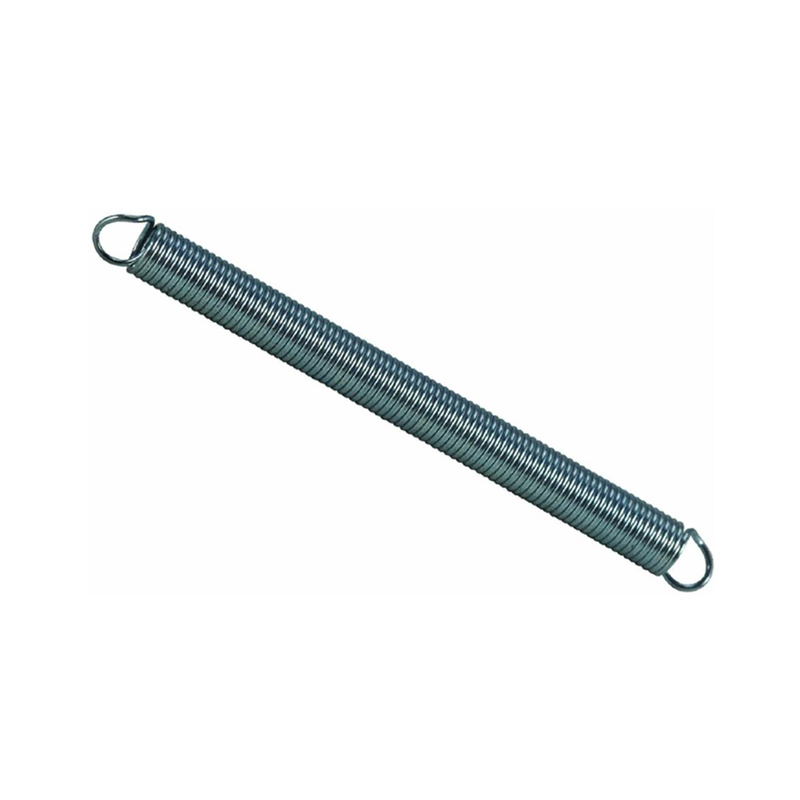
- Mobile Phone
- +8613931874955
- sales@cntcmetal.com
Understanding the Benefits of Thin Coat Angle Beads in Modern Construction Techniques
The Importance of Thin Coat Angle Beads in Modern Construction
In the realm of modern construction, achieving a flawless finish is essential. One of the unsung heroes in this pursuit is the thin coat angle bead. This seemingly simple architectural element plays a crucial role in the installation and finishing of drywall joints, ensuring both aesthetic appeal and structural integrity. In this article, we will delve into what thin coat angle beads are, their purposes, advantages, and how they contribute to the overall quality of construction projects.
What are Thin Coat Angle Beads?
Thin coat angle beads are specialized components used in drywall installation, specifically designed for reinforcing and finishing the inside and outside corners of walls. Crafted from various materials, including PVC and metal, these beads provide a straight, clean edge that enhances the durability of drywall installations. Their name derives from their capacity to be used with thin layers of compound, making them particularly advantageous in achieving sharp corners without excessive buildup of joint compound.
Purpose and Benefits
The primary purpose of thin coat angle beads is to protect the vulnerable edges of drywall from damage and wear. During the construction process and subsequent use, corners are often subjected to impact, which can lead to chipping or cracking. The addition of angle beads provides a robust protective barrier that extends the life of the drywall and maintains an aesthetically pleasing finish.
One of the standout benefits of thin coat angle beads is their ability to create a neat and consistent finish. When applied correctly, these beads ensure that corners are perfectly straight and angles are exactly 90 degrees, which is essential for achieving a professional appearance. Additionally, the use of thin coat techniques allows for reduced drying time and lower material costs, as less joint compound is required compared to traditional methods.
Advantages Over Traditional Methods
thin coat angle bead

Traditional methods of finishing drywall corners often involve the use of paper or fiberglass tape combined with multiple layers of joint compound. This process can be time-consuming and requires considerable skill to achieve a flawless result. In contrast, thin coat angle beads simplify this process. They provide a firm guideline for applying joint compound, ensuring that the finished edges are uniform and clean, significantly enhancing the overall efficiency of the installation.
Furthermore, thin coat angle beads are compatible with various finishing techniques, including skim coating and texture applications. This versatility makes them an invaluable tool for contractors, as they can adapt to different design preferences and project requirements without compromising quality.
Installation Process
Installing thin coat angle beads is relatively straightforward, which contributes to their popularity among builders and DIY enthusiasts. The process typically begins with cutting the angle bead to the desired length and positioning it at the corner. Once in place, it is secured with nails or screws. After the angle bead is attached, a thin layer of joint compound is applied over it, fully embedding the bead and creating a seamless transition between the bead and the drywall surface.
After the initial application has dried, a second coat of joint compound is usually recommended to perfect the finish. Sanding between coats helps ensure a smooth and even surface, ready for painting or other finishing treatments.
Conclusion
In conclusion, thin coat angle beads are an essential element in modern drywall installation, offering numerous advantages over traditional finishing methods. Their ability to protect corners, promote a neat finish, and streamline the installation process makes them a favorite among contractors and builders alike. As the construction industry continues to evolve, innovations like thin coat angle beads will likely remain at the forefront, helping to create stunning, durable structures that stand the test of time. Whether you are a seasoned professional or a novice DIYer, incorporating thin coat angle beads into your projects will undoubtedly elevate the quality and longevity of your work.
share:
-
Your Source for Concrete Wall Ties and Masonry AccessoriesNewsJul.10,2025
-
Unlocking the Power of Iron Wire for Every ProjectNewsJul.10,2025
-
Explore Advanced Chain Wire and Stainless Steel Mesh FencingNewsJul.10,2025
-
Discover the Benefits of Annealed Wire ProductsNewsJul.10,2025
-
Discover China Stainless Steel Wire Mesh SolutionsNewsJul.10,2025
-
Build with Confidence Using High-Performance Masonry AccessoriesNewsJul.10,2025
-
Why Sacrificial Formwork Is Redefining Underground ConstructionNewsJun.06,2025



















